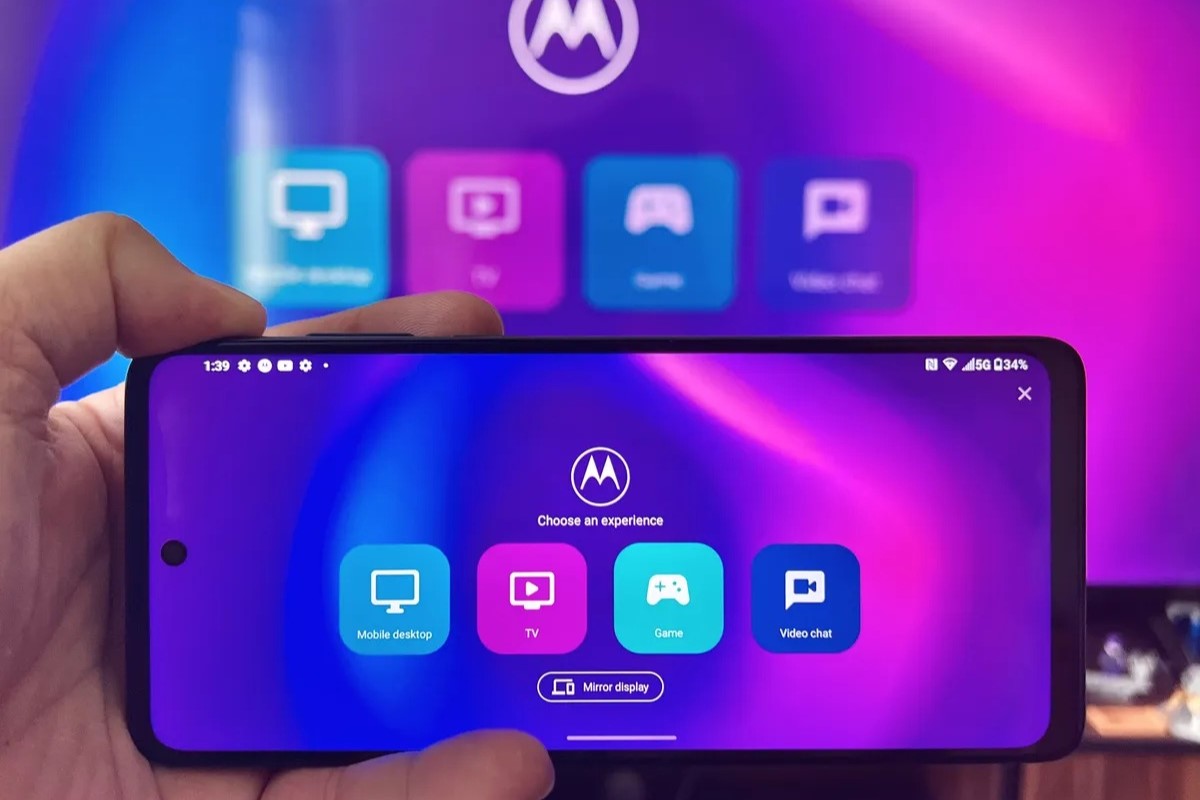
Introduction to Screen Mirroring
Screen mirroring allows displaying content from an Android device on another screen, such as a TV, computer, or another Android device. This feature proves useful for presentations, gaming, and entertainment. Several methods exist to achieve screen mirroring without WiFi, each with unique requirements and limitations.
Methods for Screen Mirroring Without WiFi
Google Chromecast
What is Google Chromecast?
Google Chromecast is a small device that plugs into a TV's HDMI port, enabling content streaming from an Android device to the TV. While it typically requires an internet connection for setup and some features, it can also be used for screen mirroring without WiFi.
How to Use Google Chromecast for Screen Mirroring Without WiFi:
-
Setup Your Chromecast:
- Ensure Chromecast is connected to the TV and powered on.
- Download and install the Google Home app on the Android device.
- Follow in-app instructions to set up Chromecast, usually involving connecting to a temporary WiFi network provided by the app.
-
Mirror Your Screen:
- Open the Google Home app and select the Chromecast device.
- Tap on the "Cast" button and select "Cast screen / audio."
- Choose the Chromecast device from the list of available devices.
- The Android screen will now be mirrored to the TV.
-
Using Chromecast Without WiFi:
- After mirroring, disconnect from WiFi and continue using Chromecast for screen mirroring. Some features like voice control may not work without an internet connection.
Miracast
What is Miracast?
Miracast is a wireless display standard developed by the Wi-Fi Alliance, allowing devices to connect and share screens without needing an internet connection.
How to Use Miracast for Screen Mirroring Without WiFi:
-
Check Compatibility:
- Ensure both the Android device and the receiving device (like a smart TV or projector) support Miracast.
-
Enable Miracast on Your Android Device:
- Go to Settings > Connections > Wi-Fi > Advanced > Wi-Fi Direct.
- Enable Wi-Fi Direct if not already enabled.
-
Connect Using Miracast:
- On the Android device, go to Settings > Connections > Wi-Fi > Advanced > Wi-Fi Direct.
- Look for the name of the Miracast-enabled device in the list of available devices and select it.
- If prompted, enter a PIN or password displayed on the receiving device.
-
Mirror Your Screen:
- Once connected, an option to mirror the screen on the receiving device should appear.
Other Methods
Other methods like using third-party apps or hardware adapters specifically designed for screen mirroring without WiFi often require more setup but can be effective alternatives.
Third-Party Apps
Several third-party apps offer screen mirroring capabilities without requiring an internet connection. Here are a few popular ones:
ApowerMirror
ApowerMirror is one of the most popular third-party apps for screen mirroring. It supports both Android and iOS devices, allowing screen mirroring wirelessly without needing an internet connection.
How to Use ApowerMirror:
-
Download and Install:
- Download the ApowerMirror app from the Google Play Store.
- Install it on both the Android device and the receiving device (like a PC or another Android device).
-
Connect Devices:
- Launch the ApowerMirror app on both devices.
- On the Android device, select "Mirror" and choose the receiving device from the list of available devices.
-
Mirror Your Screen:
- Once connected, the Android screen will be mirrored to the receiving device.
Other Apps
Other apps like AirDroid, Screen Mirroring, and EZCast also offer similar functionality but may have different setup procedures and compatibility requirements.
Hardware Adapters
If software solutions are not preferred, hardware adapters can help achieve screen mirroring without WiFi:
AV Adapter
An AV adapter is a simple hardware solution that converts digital signals into analog signals, allowing direct connection of an Android device to a TV using an HDMI cable.
How to Use an AV Adapter:
-
Connect Devices:
- Plug one end of the AV adapter into the Android device’s USB port and the other end into an HDMI port on the TV.
-
Mirror Your Screen:
- The Android screen will now be displayed on the TV via HDMI connection.
USB-C to HDMI Adapter
For newer Android devices with USB-C ports, a USB-C to HDMI adapter can be used for similar functionality.
Troubleshooting Tips
While screen mirroring without WiFi is generally straightforward, some common issues might be encountered:
Device Compatibility Issues
- Ensure both devices support the chosen method (e.g., Miracast or third-party apps).
- Check if any software updates are required for optimal performance.
Connection Problems
- Restart both devices if connectivity issues occur.
- Ensure all cables are securely connected if using hardware adapters.
App-Specific Issues
- Clear cache and data of the app if it’s causing problems.
- Update the app to the latest version if available.
Additional Tips
Battery Life Considerations:
- Screen mirroring can consume battery power quickly, especially when using a third-party app or hardware adapter.
- Ensure the device is fully charged or connected to a power source before starting the mirroring process.
Security Concerns:
- Be cautious when using third-party apps for screen mirroring as they may have access to sensitive information on the device.
- Only download apps from trusted sources like the Google Play Store.
By following this guide and understanding the various methods available for screen mirroring without WiFi on Android devices, a more flexible and convenient way of sharing screens with others can be enjoyed.
